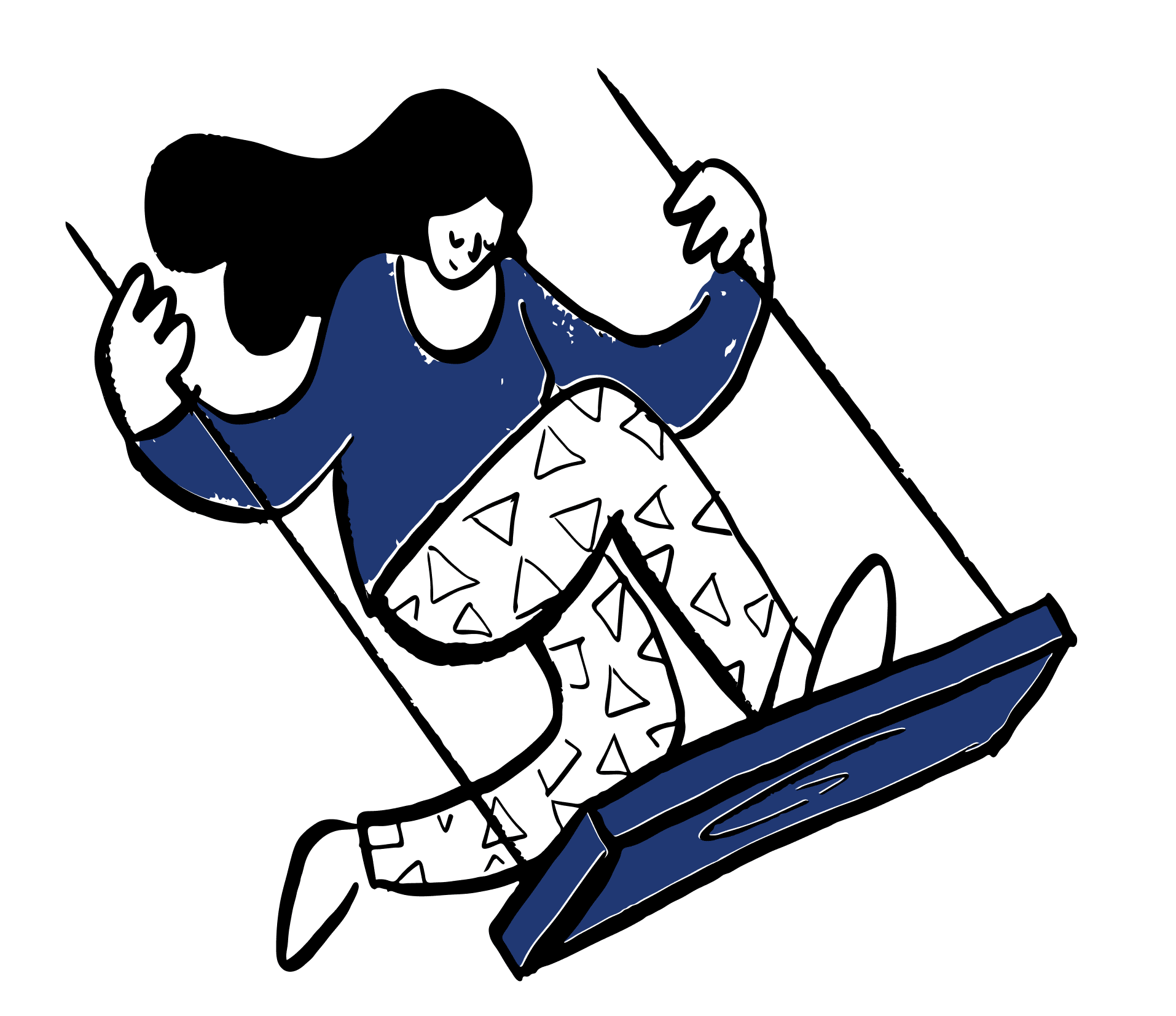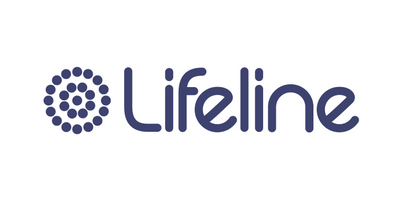Understand the basics of self-harm
Also in this topic:
Self-harm is when you hurt yourself on purpose, usually because you're going through a tough time emotionally and it helps you to feel better.
Self-harm is a challenging and difficult experience that can be very frightening and isolating. It's common to feel alone, ashamed, and overwhelmed when struggling with self-harm.
Some people have described self-harm as a way to:
- Cope with intense emotions, such as sadness or overwhelm
- Express anger or frustration
- Relieve feelings of numbness or emptiness
- Feel a sense of control over your body or emotions
- Release tension or reduce anxiety
- Distract yourself from emotional pain or traumatic memories
- Communicate to others that you are struggling or in need of help
- Cope with difficult life changes or transitions
- Release endorphins and experience temporary relief or pleasure
- Express hatred you are feeling towards yourself
- Punish yourself if you feel you’ve made a mistake, or feel at fault for something
- Distract yourself from emotional pain by focusing on physical pain.
“I was self-harming for years because I couldn't let go all the pain I felt inside of me.”
Listen to a group of people talking about their experience of self-harm, what causes it, how it feels and how they think people can help.
If you are self-harming, it doesn't always mean you are suicidal, or that you are making a direct attempt to end your life. Self-harm can, however, increase the risk of suicidal thoughts or behaviour, and all self-harm is serious. While self-harm and suicidal behaviour are different, they can be related. Some people who self-harm may also experience suicidal thoughts or feelings, and self-harm can be a coping mechanism to manage these emotions.
Types of self-harm
Self-harm can take many forms. It’s important to recognise that there are a variety of ways that people might try to cope with their emotional pain. Some examples of the way you might self-harm are discussed below.
It can be upsetting and potentially triggering to read about different methods of self-harm. It might be best to not read the information below if you’re feeling vulnerable at the moment.
- How people self harm
If you or someone you know self harms, it's important to seek professional help and support. A psychologist can help address the underlying emotional and psychological issues that may be driving this behaviour, and to prevent further harm. With the right treatment and support, recovery is possible.
Self-destructive behaviours
Self-destructive behaviours aren't self-harm, but they're still harmful and come from the same source as self-harm: struggling to handle difficult emotions. They can include:
- Risky behaviour with others, such as fighting or risky sexual activity
- Intentionally ingesting harmful substances, (e.g., chemicals, sharps)
- Excessive exercise leading to injury or exhaustion
- Disordered eating, such as purging or restricting food intake
- Harmful behaviours affecting success, such as procrastination.
Download our self-harm factsheet.





